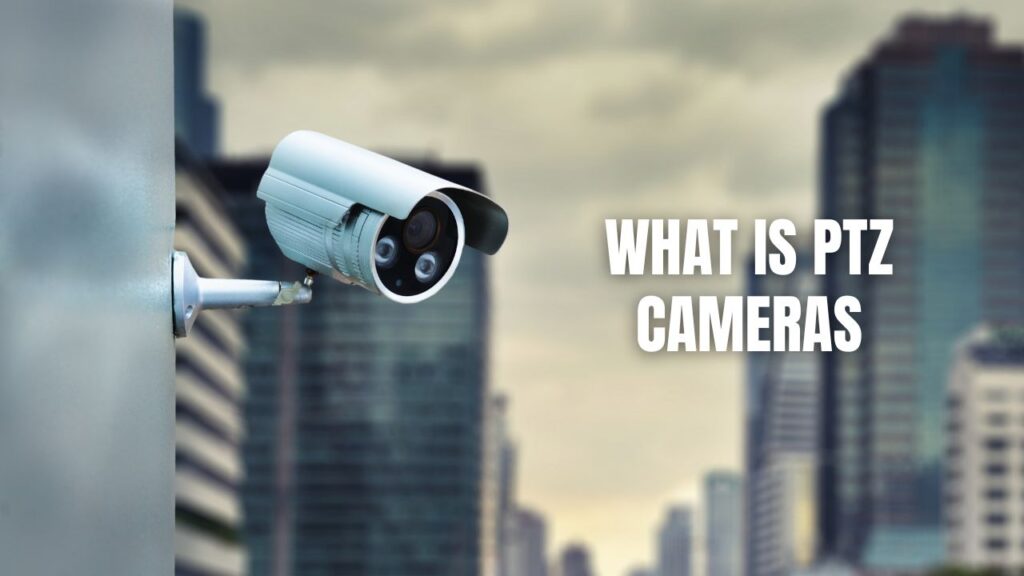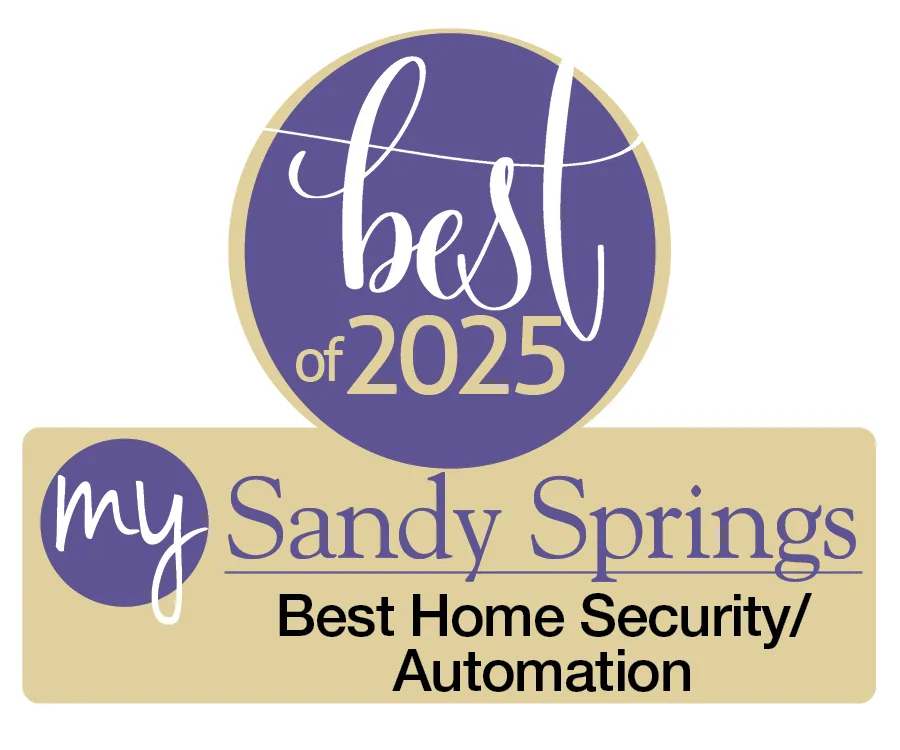A PTZ (Pan-Tilt-Zoom) camera is a robotic video camera that can move horizontally (pan), vertically (tilt), and zoom in or out on a subject. These cameras are widely used for security, broadcasting, and video conferencing, offering remote control capabilities and automation for enhanced monitoring and filming.
PTZ cameras provide flexibility and precision in capturing video footage. Unlike fixed cameras, PTZ cameras can adjust their angle and zoom dynamically, making them ideal for various applications such as security surveillance, live streaming, and event coverage.
Key Takeaways:
- Different types of PTZ cameras – Includes conventional PTZ cameras and ePTZ (electronic PTZ) cameras.
- PTZ cameras offer movement – They can pan, tilt, and zoom, unlike fixed cameras.
- Remote control functionality – Users can adjust PTZ cameras using apps, joysticks, or software.
- Optical zoom capabilities – Most PTZ cameras feature optical zoom for capturing distant objects with clarity.
- Preset positions – Users can save specific angles and recall them instantly.
- Motion tracking – Some models have auto-tracking features to follow movement automatically.

Understanding PTZ Camera Features
Movement Capabilities
PTZ cameras can move horizontally and vertically, providing a broad field of view. This is useful for monitoring large areas and tracking subjects in motion.
Remote Control Functionality
Users can control PTZ cameras remotely via:
- Mobile apps
- Computer software
- Joystick controllers
- Infrared remote controls
Optical Zoom
The optical zoom feature allows PTZ cameras to magnify distant objects without losing image quality. Cameras with 20x, 30x, or even 40x zoom capabilities can capture detailed footage from a distance.
Preset Positions
Many PTZ cameras allow users to program and recall preset positions. This is especially useful for:
- Security monitoring
- Live broadcasting
- Automated coverage of specific areas
Auto-Tracking
Advanced PTZ cameras feature motion-based tracking, which enables them to detect and follow moving objects automatically.
Types of PTZ Cameras
Conventional PTZ Cameras
These cameras have built-in motors that allow physical movement in all three directions: pan, tilt, and zoom.
ePTZ Cameras
Electronic PTZ cameras use digital zoom instead of mechanical movement. They provide a simulated pan-tilt-zoom effect and can offer 360-degree coverage in some models.
Common Uses for PTZ Cameras
Security & Surveillance
PTZ cameras are widely used in security systems for monitoring large areas, such as:
- Parking lots
- Commercial buildings
- Public spaces
Live Video Production
PTZ cameras are commonly used in broadcasting and event coverage, providing dynamic video angles without manual intervention.
Sports Broadcasting
In sports coverage, PTZ cameras track fast-moving action and zoom in on specific players or areas of the field.
Video Conferencing
PTZ cameras are used in corporate settings for high-quality video calls, offering automatic framing and movement tracking.
Education
Distance learning and corporate training benefit from PTZ cameras, allowing instructors to engage with students dynamically.
Houses of Worship
PTZ cameras help live-stream religious services, ensuring smooth transitions and capturing key moments.
Additional Facts About PTZ Cameras
- PTZ cameras are available in both indoor and outdoor models.
- Weatherproof PTZ cameras are designed for harsh environments.
- Some PTZ cameras integrate with smart home systems for automated control.
Frequently Asked Questions
What Is the Difference Between PTZ and Fixed Cameras?
PTZ cameras can move and zoom, while fixed cameras remain stationary with a set field of view.
How Far Can a PTZ Camera Zoom?
The zoom capability depends on the model, with some cameras offering up to 40x optical zoom.
Can PTZ Cameras Be Used at Night?
Yes, many PTZ cameras have infrared (IR) night vision for low-light environments.
Are PTZ Cameras Wireless?
Some models support wireless connectivity, but most professional PTZ cameras require wired connections for stability.
How Do PTZ Cameras Detect Motion?
Some PTZ cameras feature built-in motion sensors that automatically adjust their position to follow movement.
Final Thoughts on PTZ Cameras
PTZ cameras offer advanced functionality for security, broadcasting, and video communication. Their ability to pan, tilt, and zoom makes them versatile for various applications, providing users with dynamic video coverage and automated tracking capabilities. Whether for security surveillance, live streaming, or corporate use, PTZ cameras are an excellent investment for capturing high-quality footage with precision.
Looking for security camera installation in Atlanta, Alpharetta and nearby Georgia areas? Contact Callaway Security™ today!












